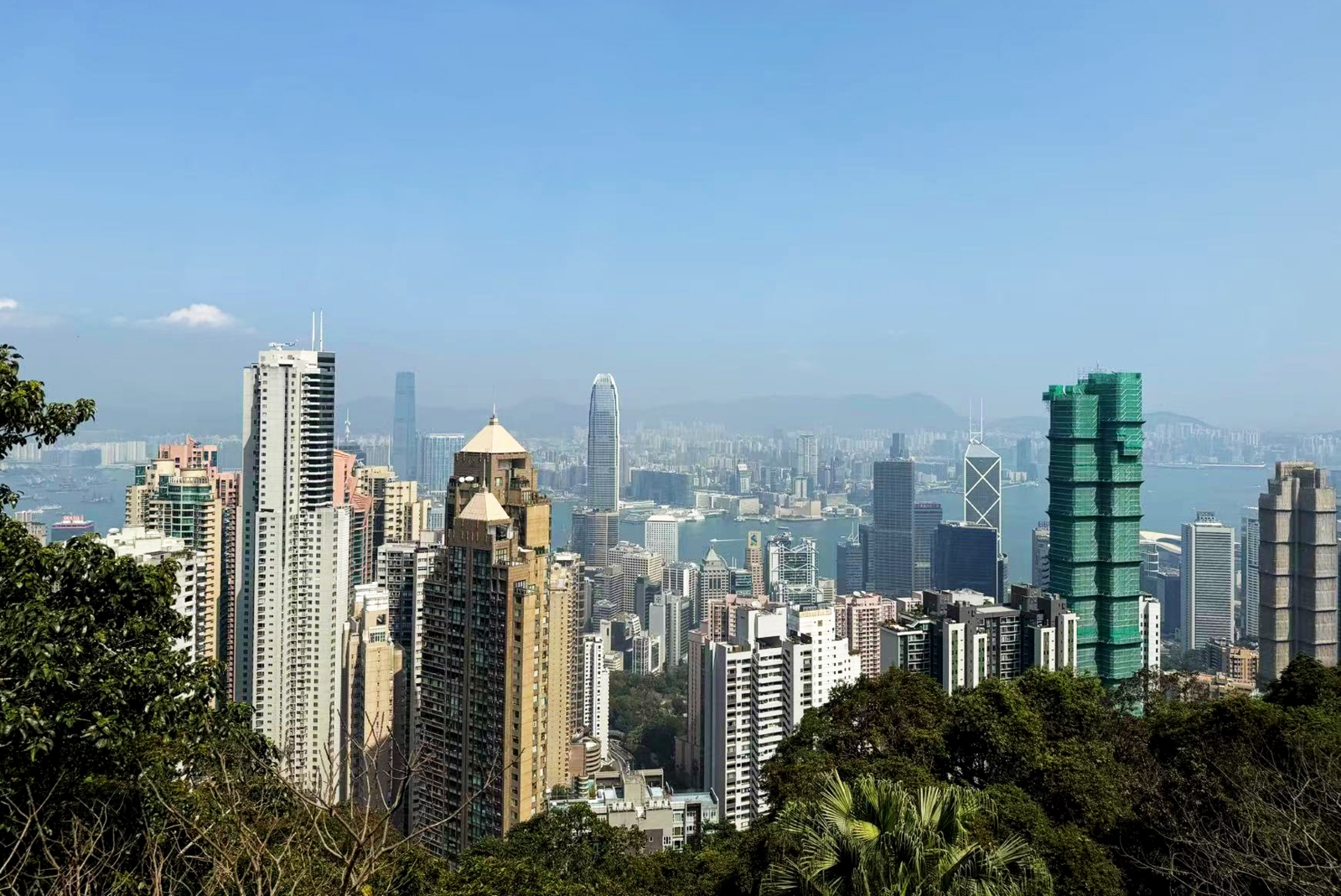
Economists from investment banks and international organizations have called on Hong Kong to identify new growth drivers and tackle structural challenges for securing long-term, sustainable growth, even though strong export performance and improved domestic demand have helped sustain the city’s economic expansion.
The special administrative region’s GDP grew 3.1 percent in the second quarter of this year, according to the advance estimates released by the Census and Statistics Department on Thursday. Real GDP rose 0.4 percent on a quarter-on-quarter basis.
The growth was primarily boosted by an 11.5 percent hike in goods exports, followed by exports of services (7.5 percent), gross domestic fixed capital formation (2.9 percent), government expenditures (2.5 percent), and private consumption expenditures (1.9 percent).
READ MORE: HK economy expands amid export performance, domestic demand boost
A key indicator of private consumption expenditures is the retail sales figure. The SAR government announced provisional statistics of retail sales for June, estimating total retail sales at HK$30.1 billion ($3.83 billion), an annual increase of 0.7 percent.
“Total exports of goods saw accelerated growth, as the external demand was resilient and the temporary easing of United States tariff measures led to some rush shipments,” a government spokesman said in a statement on Thursday.
“Exports of services continued to expand notably, thanks to strong growth in inbound tourism, further expansion in cross-boundary traffic, and vibrant financial and related business service activities amid the buoyant local stock market.”
The spokesman added that the stabilization in the domestic consumption market has boosted private consumption expenditures, while overall investment expenditures increased further alongside the broader economic expansion.
The SAR government will release revised GDP figures for the second quarter of 2025, as well as the revised GDP forecast for the full year, on Aug 15.
Hang Seng Bank maintains that Hong Kong’s economy will expand 2.5 percent this year as consumption expenditures may improve ahead.
“Although private consumption remained tepid, record-high net fund flows is traditionally associated with better asset market performance that will lead to a positive wealth effect for improving consumer sentiment,” Hang Seng Bank Chief Economist Thomas Shik said. “An influx of funding has helped drive down the local interest rates that would provide support to consumer sentiment and the wider economy.”
Shik said Hong Kong’s external trade has been resilient despite ongoing headwinds. “Hong Kong manages to increase exports to the Chinese mainland and ASEAN (Association of Southeast Asian Nations) countries that offsets the slowdown in exports to the US,” he said.
William Deng, Senior Asia and China economist at UBS Investment Bank, revised up Hong Kong’s 2025 GDP growth projection to 2.2 percent, citing the recent de-escalation of the US-China trade tensions, strong financial market momentum, and a rebound in inbound tourism driven by the surge of mainland and international visitors.
However, uncertainty remains for Hong Kong’s economic performance.
“The US’ renewed tariff hikes of late will exert pressure on global trade flows as well as its domestic economic activity and inflation. The uncertain pace of US interest rate cuts will also affect investment sentiment, and the rush-shipment effect is expected to fade later this year,” the government spokesman said.
The Singapore-based ASEAN+3 Macroeconomic Research Office agrees, saying, “It is crucial for Hong Kong to further calibrate its macroeconomic policy stance, bolster growth, secure new growth drivers, and tackle structural challenges such as an aging population and intensifying economic fragmentation.”
ALSO READ: Chan: Hong Kong GDP to keep upward momentum in Q2
The organization forecasts Hong Kong’s GDP will grow 1.9 percent this year amid global trade protectionism and tariff-related uncertainties.
Shik said Hong Kong has witnessed shifts in the labor market, with the declining labor participation rate caused by the aging demographics, leading to a reduction of labor supply.
“The contraction of the labor force presents a major challenge for both the labor market and the broader economy. The introduction of talent admission programs is a positive step toward addressing the issue,” Shik said.
Contact the writer at oswald@chinadailyhk.com


